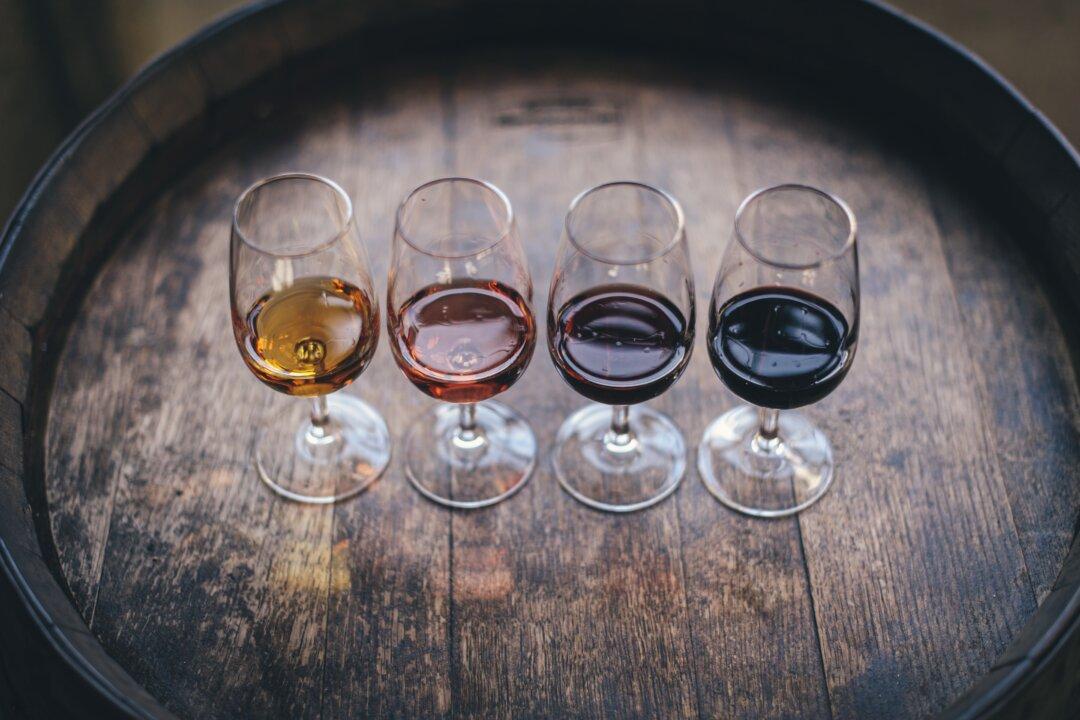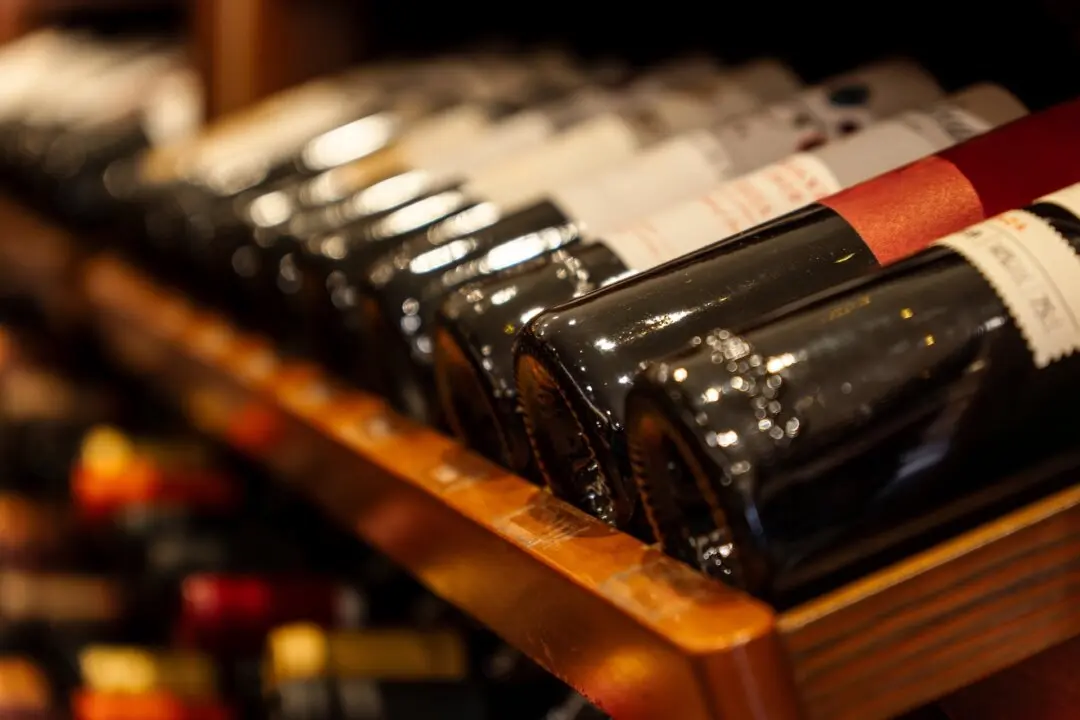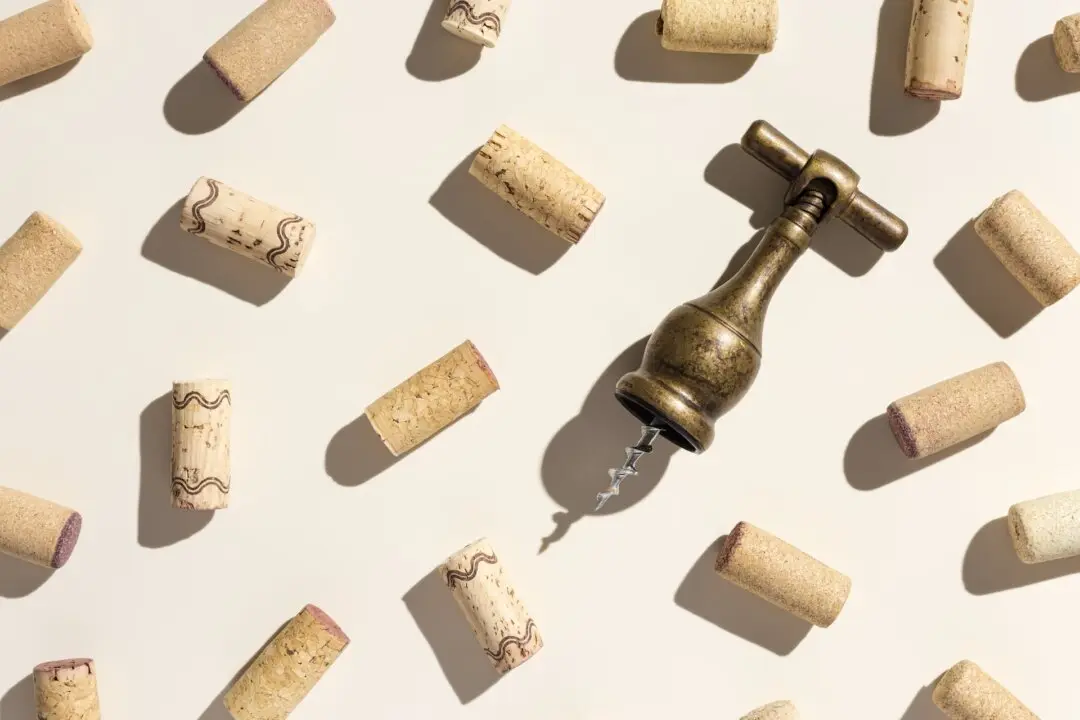I love wine, of course, but my favorite wines have lower alcohol levels than I have usually seen in the past decade or two.
The debate about alcohol levels in table wines (which are aimed at going with meals) has raged for roughly the past 30 years. And there are many people, notably in the United States, who believe that the percentage of alcohol is immaterial as long as the wine tastes OK.





